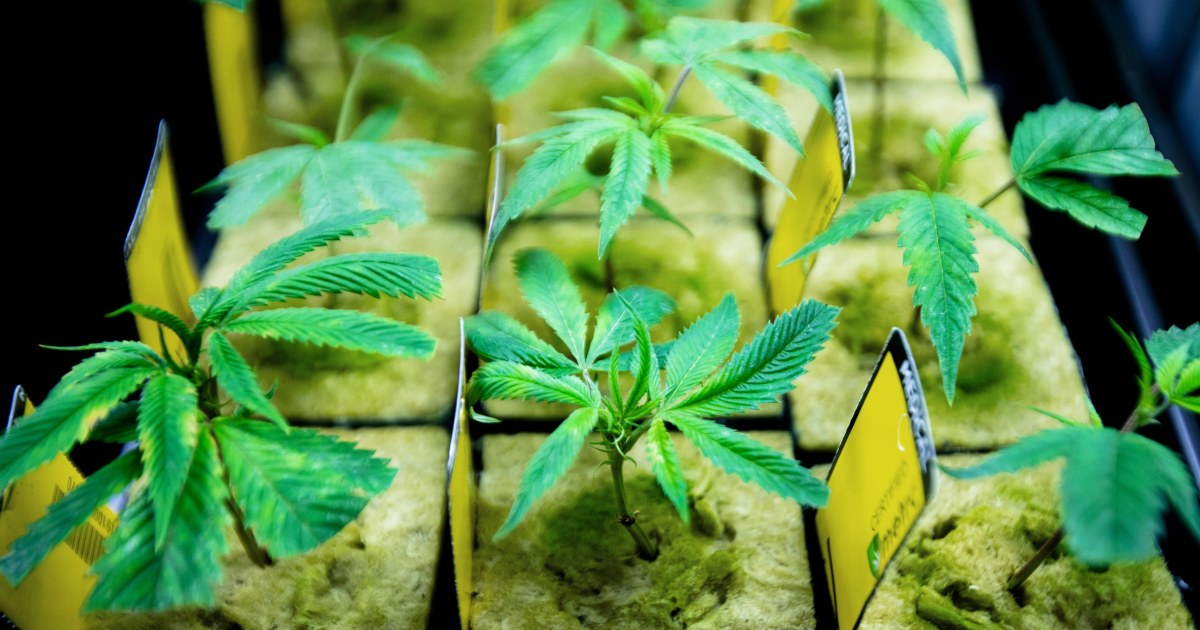Sweatloaf
Well-known member
I don't live in Ohio but I find tracking states who are voting to legalize to be interesting.
Apparently the measure would allow the following:
My question that I don't know the answer to: 12 or even 6 plants would yield far more than 2.5 ounces (or presumably 5 ounces if accounting for two adults). So...does that mean there's no limit on the amount of flower that a person or two people can yield from their 6 or 12 plants?
Minnesota recently legalized and the rules are convoluted and contradictory with common sense and reality when it comes to growing your own and household possession: A person/household can grow up to 8 plants (but only a maximum of 4 can be mature at one time) and can possess a total of 2 pounds of flower at home. The confusion: I read something that said that a max of 4 plants of the 8 can be flowering. Autoflowers start to flower even during the early veg stage. So...only 4 autoflowers? Even one outdoor plant can yield more than 2 pounds. So...can't grow those varieties outdoors, even if it's only one plant?
Apparently the measure would allow the following:
- 21 and older to purchase and possess 2.5 ounces of flower.
- Allow 21 and older to grow up to 6 plants. And if more than one adult 21 and older lives in the same household...the plant limit is doubled to up to 12 plants allowed.
My question that I don't know the answer to: 12 or even 6 plants would yield far more than 2.5 ounces (or presumably 5 ounces if accounting for two adults). So...does that mean there's no limit on the amount of flower that a person or two people can yield from their 6 or 12 plants?
Minnesota recently legalized and the rules are convoluted and contradictory with common sense and reality when it comes to growing your own and household possession: A person/household can grow up to 8 plants (but only a maximum of 4 can be mature at one time) and can possess a total of 2 pounds of flower at home. The confusion: I read something that said that a max of 4 plants of the 8 can be flowering. Autoflowers start to flower even during the early veg stage. So...only 4 autoflowers? Even one outdoor plant can yield more than 2 pounds. So...can't grow those varieties outdoors, even if it's only one plant?





